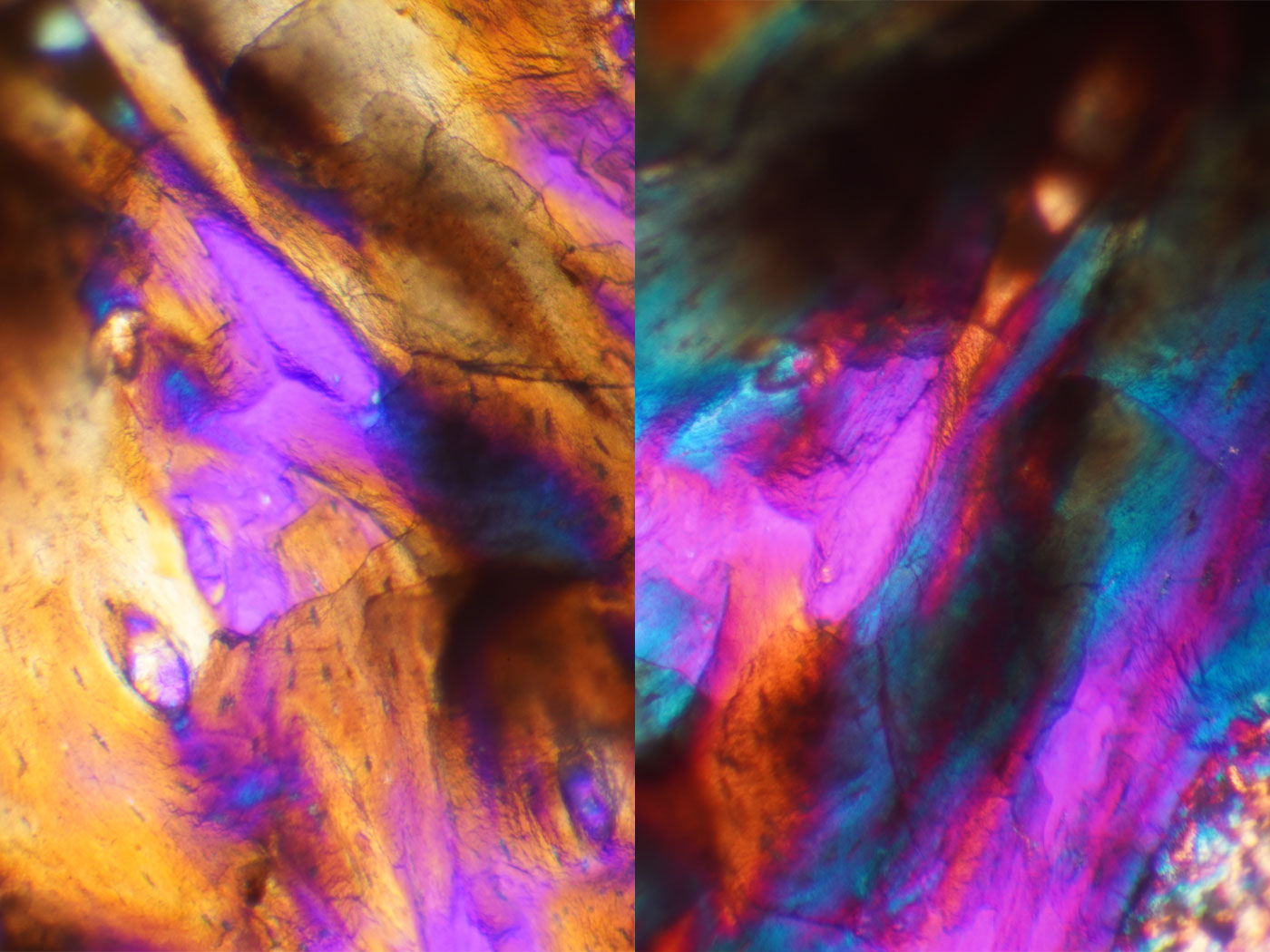Perhaps the classic "proof" of evolution has been the observed color shift in the population of England's peppered moths. Pictures of dark and light peppered moths on various tree trunks have appeared in every biology textbook. It's on the tip of the tongues of evolutionary spokesmen worldwide.
Here's the well-told scenario. In the early 1800s, nearly all of the individual peppered moths (Biston betularia) were of a light grey, speckled color. Active mostly at night, they needed to hide by day from predatory birds. Since trees and rocks were typically covered with mottled light green, gray lichens, the moths were effectively camouflaged. A rare peppered moth exhibited a dark color and was easily seen by birds; thus they seldom survived. On average, over 98% of all the species were of the light variety, yet with both dark and light were of the same species and were fully interfertile.
Then came the industrial revolution and the air filled with soot, covering the trees and rocks with a toxic film, killing the lichens and darkening the trees. Soon the light variety of moth was easily seen while the darker were camouflaged. By the turn of the century, 98% of the moths were dark. When English medical doctor Bernard Kettlewell studied the phenomena in the 1950s, it became "Darwin's Missing Evidence"—natural selection in action.
Creationists were never concerned with this population shift. In fact, they were amused as evolutionists made such a big fuss over it. If this is the best "proof" of evolution, then evolution is without proof.
Remember that both varieties were present at the start, with the mix of genes producing lights favored over the mix of genes producing darks. As the environment changed, the dark variety had greater opportunity to pass on their genetic mix, and percentages changed. All the while, the two types were interfertile. No new genes were produced, and certainly no new species resulted. This is natural selection in action, but not evolution. Adaptation happens, but the changes are limited.
The textbooks seldom point out that in recent decades, as England has cleaned its atmosphere, the shift has reversed and now the lights are the more common form once again. Remember, this shift and shift back again have nothing whatsoever to do with the origin of moths, or how moths and people could share a common ancestor.
And now comes the revelation that Kettlewell's compelling argument has not been verified by other investigators (Nature, vol. 396, November 5, 1998, pp. 35,36). Furthermore, we now know that neither dark nor light moths ever spend their days on exposed tree trunks or rocks as depicted in the famous textbook pictures. His original associates have even admitted that the photographs were faked, that the moths were glued onto the tree. Thus the star witness for evolution has perjured itself, and knowledgable evolutionists are recommending it not be used.
What a wonderful time to be a creationist, when even the supposed best proof of evolution in action is so flimsy that it cannot stand the test of truth.
*Dr. John Morris is President of ICR.







